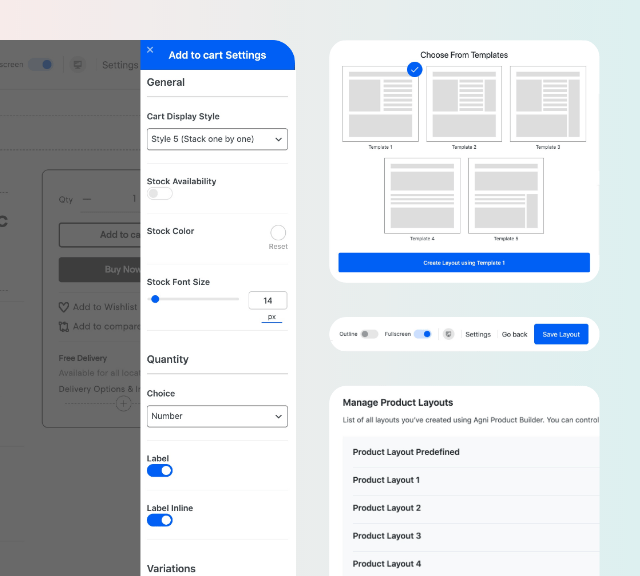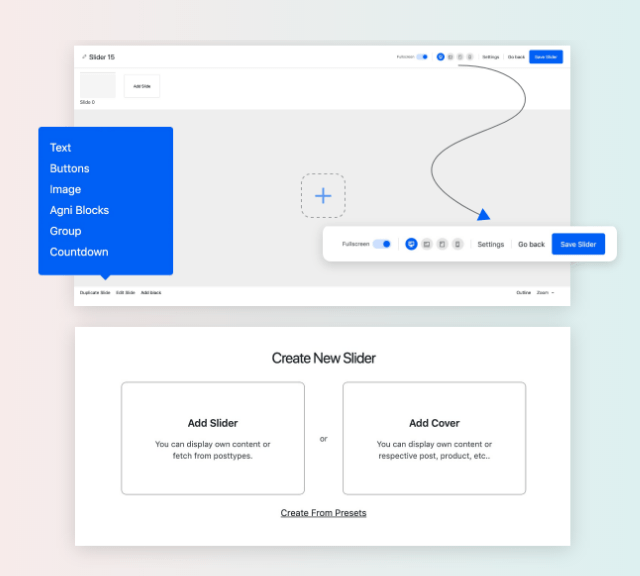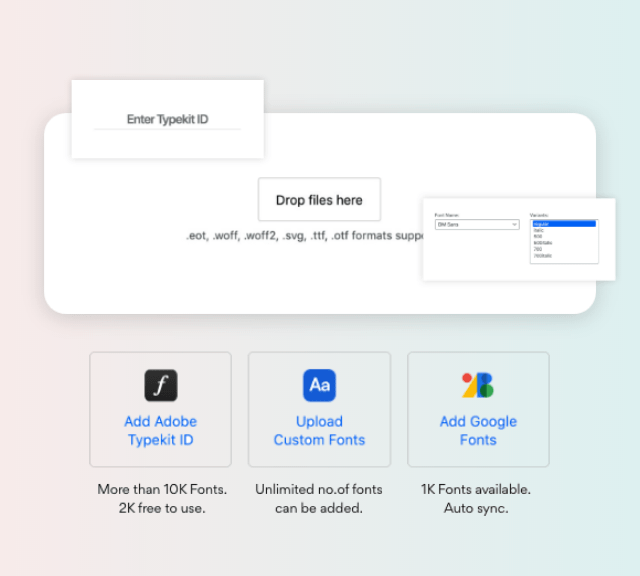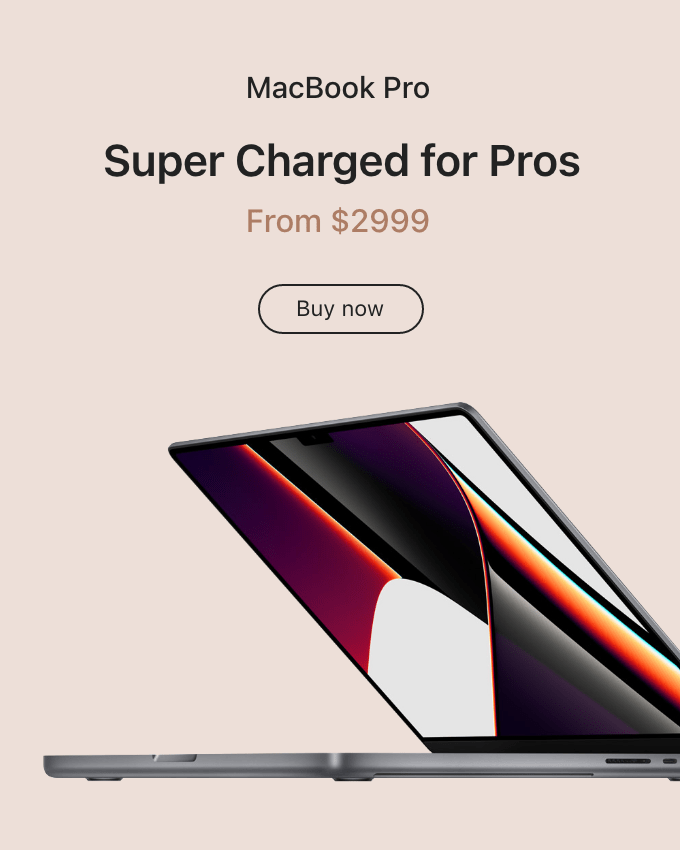Some companies have limited cash and can’t get financing for more, which may limit how much they spend on inventory. To have a consistently quick turnaround for orders of popular products, a company will keep a large amount of those goods in inventory. This KPI measures what portion of your customers’ total orders are for items that are back ordered, which means a delay in delivery.
- Loans are secured by the inventory being purchased and are repaid over a period of between three to 12 months—though this term can vary by lender, loan amount and borrower qualifications.
- You would still have access to the remaining $150,000 on your line of credit.
- This financial ratio indicates the average time in days that a company takes to turn its inventory, including goods that are a work in progress, into sales.
- A large inventory carries the risk of spoilage, theft, damage, or shifts in demand.
Small businesses will often keep track of stock manually and determine the reorder points and quantities using spreadsheet (Excel) formulas. Larger businesses will use specialized enterprise resource planning (ERP) software. The largest corporations use highly customized software as a service (SaaS) applications.
Why Is Inventory Management Important?
Learn more about how you can use NetSuite to help plan and manage inventory, reduce handling costs and increase cash flow. With the appropriate internal and production controls, the practice ensures the company can meet customer demand and delivers financial elasticity. Inventory control enables the maximum amount of profit from the least amount of investment in stock without affecting customer satisfaction. Done right, it allows companies to assess their current state concerning assets, account balances and financial reports. Inventory management is a crucial asset for businesses as it enables them to minimize the cost of inventory on a company’s balance sheet when they receive these goods.
- Inventory management refers to the process of ordering, storing, using, and selling a company’s inventory.
- Periodically rebalancing your portfolio ensures that you’re not carrying too much risk or wasting your investment dollars on securities that aren’t generating a decent rate of return.
- For that reason, inventory lines of credit are best for businesses that want to buy inventory over time rather than all at once.
- While compensation arrangements may affect the order, position or placement of product information, it doesn’t influence our assessment of those products.
- Inventory visibility is knowing what inventory you have and where it’s located.
In accounting for inventory determining and capturing the costs to be recognized as an asset through the inventory lifecycle is key, because it affects a company’s KPIs such as gross profit margin. 1099 vs w2 Despite similar objectives, IAS 21 differs from ASC 330 in a number of areas2. Here we summarize what we see as the main differences on inventory accounting between the two standards.
Manufacturing Inventory Management
The option that the company chooses is dependent on its business operations. This kind of financing is common for small to mid-sized retailers and wholesalers, especially those with a large amount of available stock. Globalization, technology and empowered consumers are changing the way businesses manage inventory. Supply chain operators will use technologies that provide significant insights into how supply chain performance can be improved. They’ll anticipate anomalies in logistics costs and performance before they occur and have insights into where automation can deliver significant scale advantages. The warehouse management system based on RFID can improve efficiency, increase inventory visibility and ensure the rapid self-recording of receiving and delivery.
US GAAP allows the use of any of the three cost formulas referenced above. While the majority of US GAAP companies choose FIFO or weighted average for measuring their inventory, some use LIFO for tax reasons. Companies using LIFO often disclose information using another cost formula; such disclosure reflects the actual flow of goods through inventory for the benefit of investors. Finder.com is an independent comparison platform and information service that aims to provide you with the tools you need to make better decisions. While we are independent, the offers that appear on this site are from companies from which finder.com receives compensation. We may receive compensation from our partners for placement of their products or services.
Annual Financial Plan Check-Up
The application process for inventory financing varies by lender but is usually streamlined compared to other small business loans. Available loan amounts typically range from between 20% and 80% of the inventory cost, so business owners must still commit some cash to the purchase. National Funding offers working capital small business loans between $10,000 and $400,000 with terms of four months to two years, paid daily or weekly.
In fact, most lenders only require companies to be up and running for a minimum of six months to a year in order to qualify. That’s because if the business can’t sell its inventory, the bank may not be able to either. If a retailer or a wholesaler makes a bad bet on a trend, the bank could get stuck with the goods. This may explain why so many businesses weren’t able to get inventory financing after the credit crisis of 2008.
How Does Inventory Financing Work?
And even unsecured inventory financing options typically come with fewer requirements than your typical lender. Because inventory often depreciates, or loses value over time, you often can’t receive funding to pay for the full cost of your purchase. Typically, you’ll qualify for around 80% of your inventory’s liquidation value. So if the inventory was appraised at $12,000 and the lender asks for a 20% down payment, you’ll qualify for $9,600 in as a loan or line of credit. Inventory financing often works by giving your business credit to purchase inventory.
The term inventory financing refers to a short-term loan or a revolving line of credit that is acquired by a company so it can purchase products to sell at a later date. This accounting method takes inventory at the beginning of a period, adds new inventory purchases during the period and deducts ending inventory to derive the cost of goods sold (COGS). Inventory management systems can help a company manage stock levels to satisfy customers and lower inventory costs.
Weighted Average Cost method (WAC)
The accounting for the costs of transporting and distributing goods to customers depends on whether these activities represent a separate performance obligation from the sale of the goods. While it’s possible to use a bank loan to finance inventory, banks harder to qualify with than online inventory financing providers. You can often check if your business qualifies by filling out a preapplication form on the lender’s website. Inventory financing involves taking out a loan backed by your inventory, which your business repays with installments. Accounts receivable financing involves selling your business’s unpaid invoices to another company. Factoring companies typically collect on the unpaid invoices from your clients or ask you to pay down the advance as your clients fill their invoices.
Sell the Rally Right Now and Move to These 6 Warren Buffett Top Dividend Winners – 24/7 Wall St.
Sell the Rally Right Now and Move to These 6 Warren Buffett Top Dividend Winners.
Posted: Thu, 29 Jun 2023 11:13:46 GMT [source]
Interest rates are often higher than other types of business financing and can extend to over 97%—especially for borrowers with limited credit, newer businesses or less collateral. This is because inventory loans are usually secured by the inventory itself rather than requiring a personal guarantee. If a borrower doesn’t pay back the loan, the lender must take possession of the inventory in an effort to recoup its losses.








































